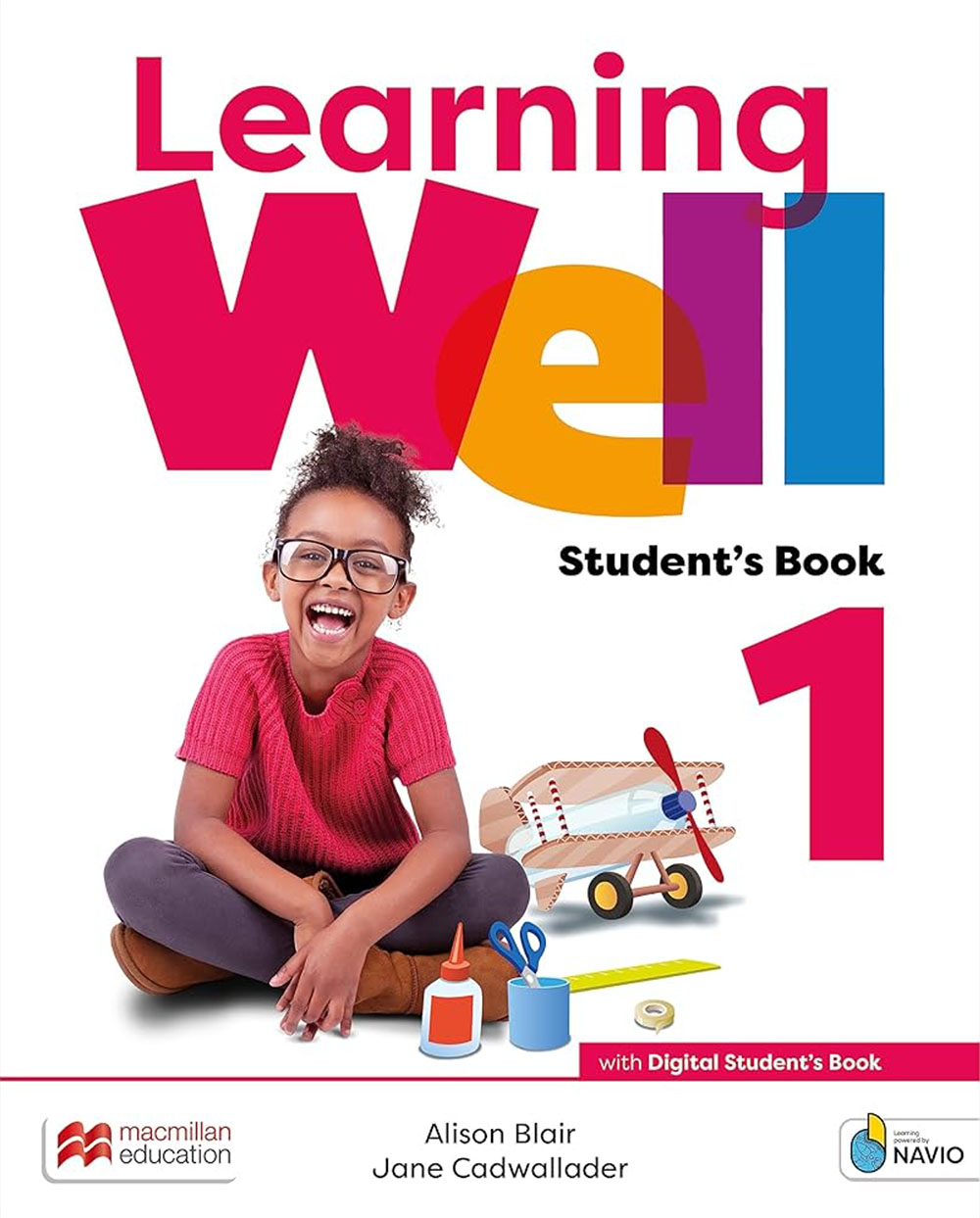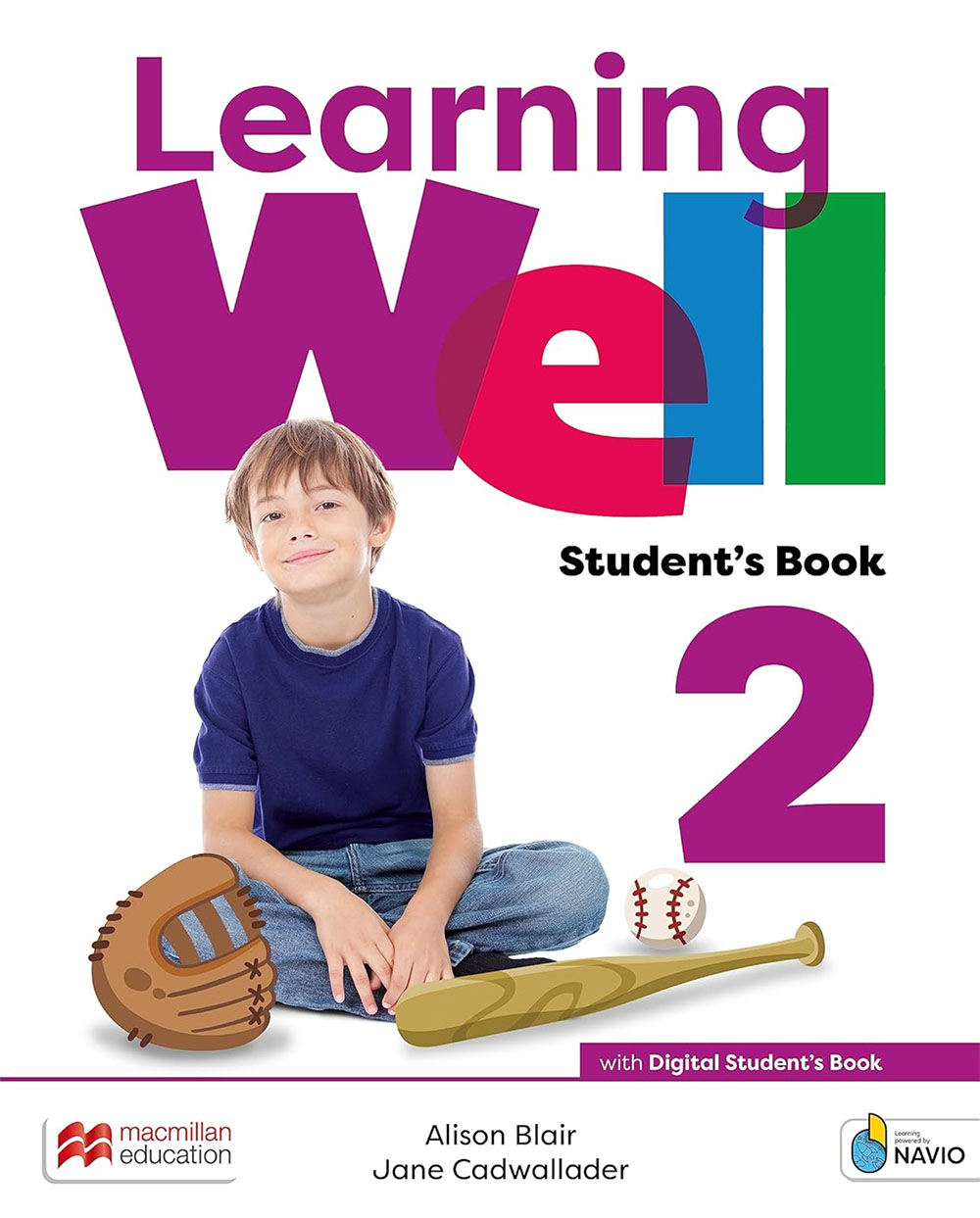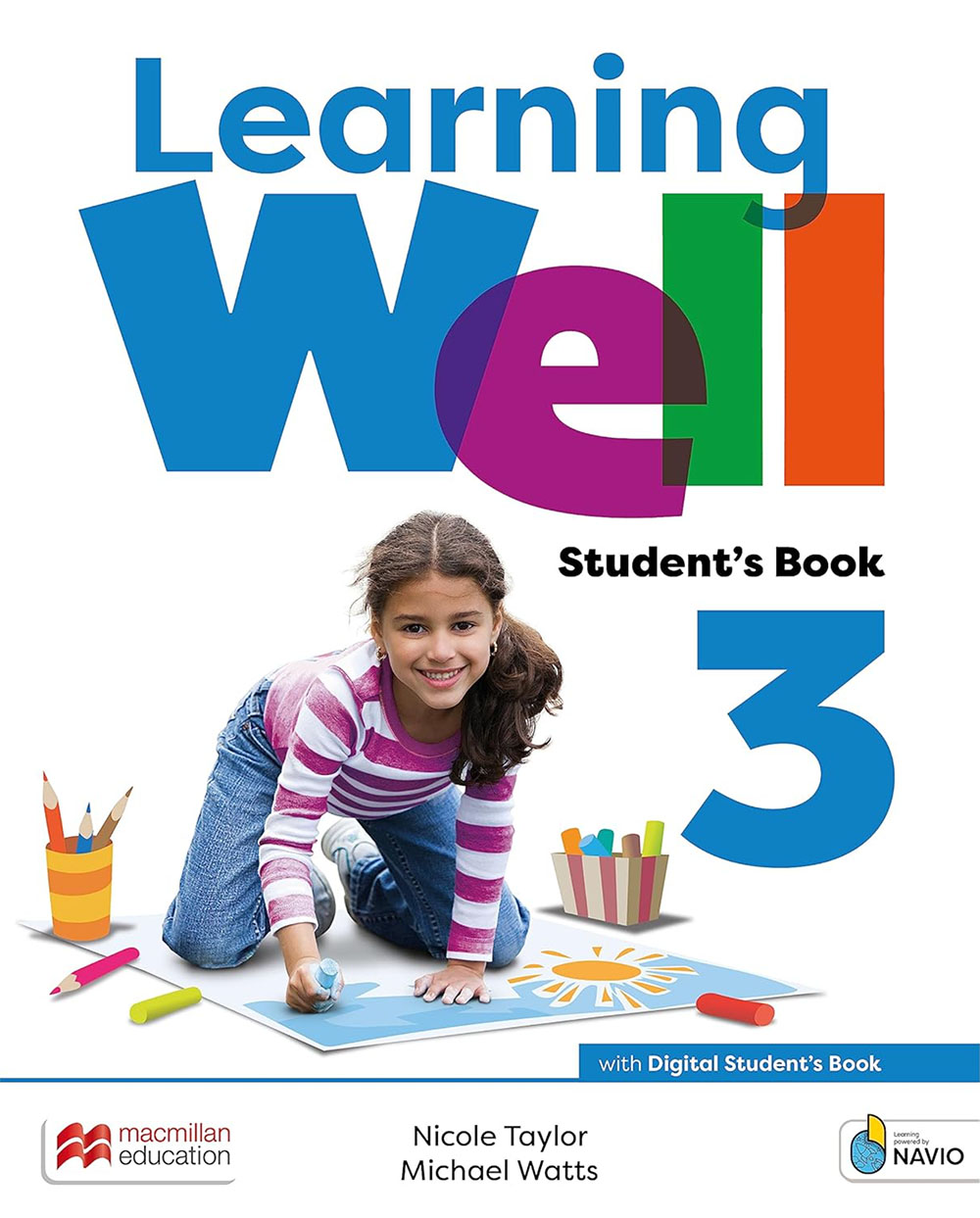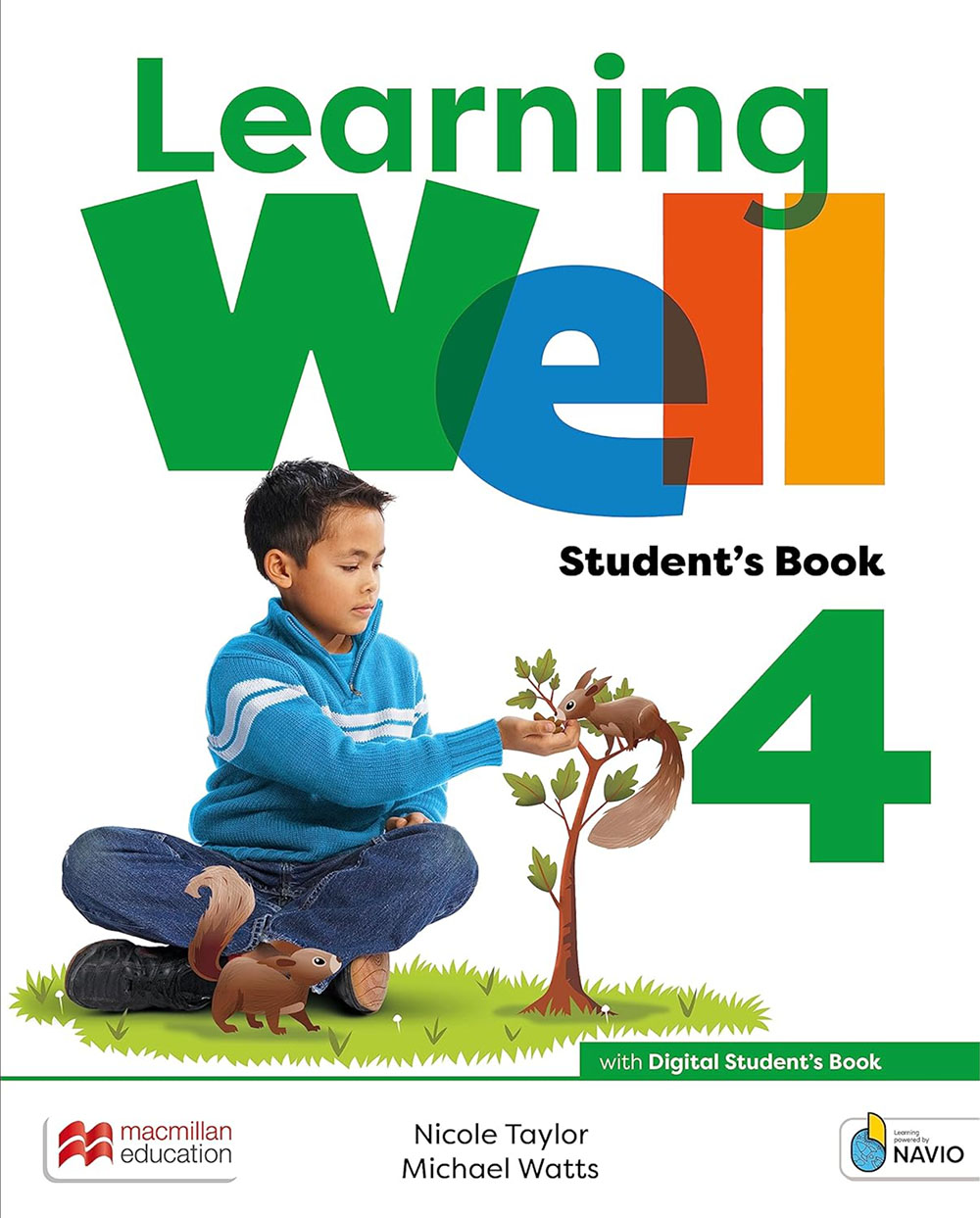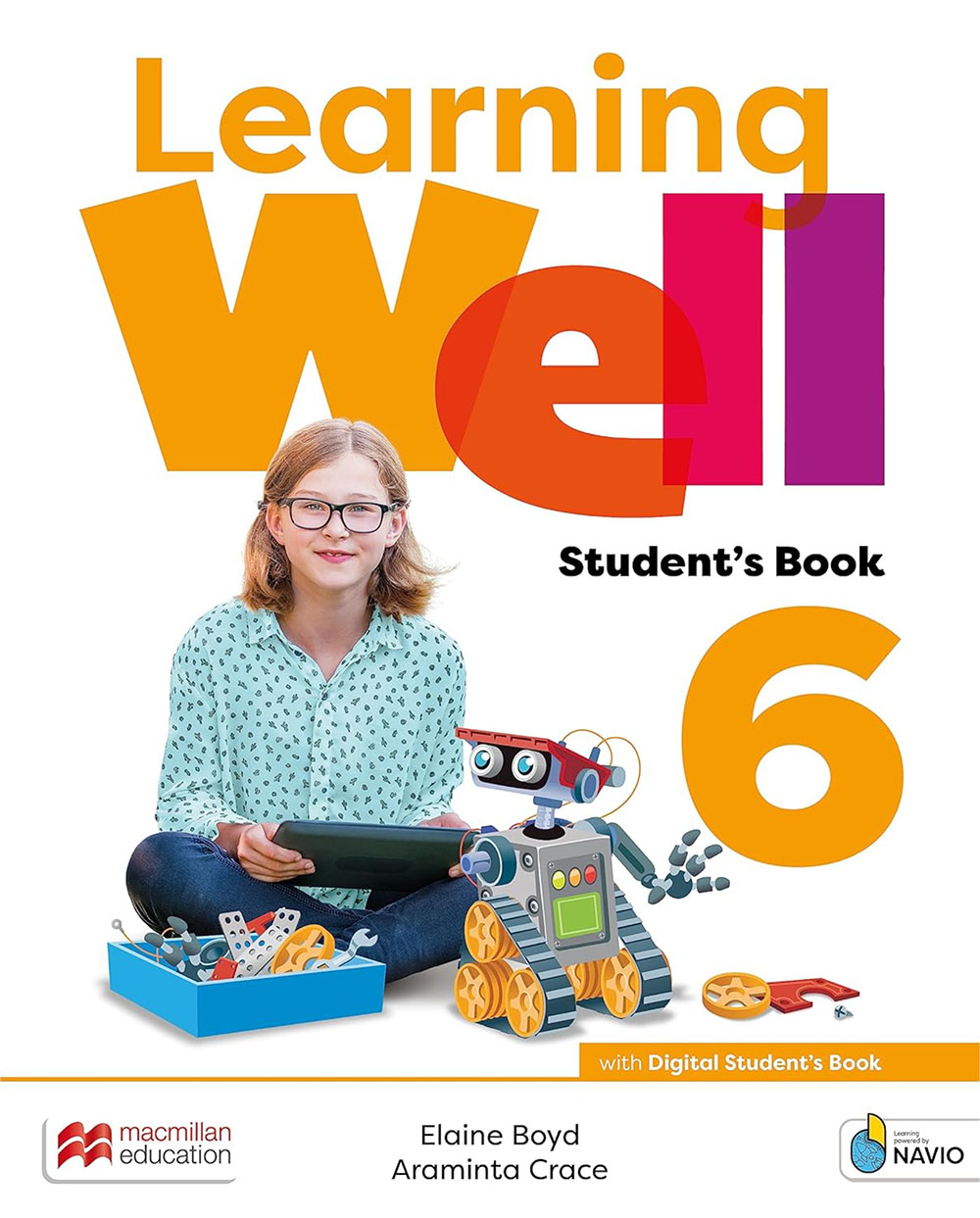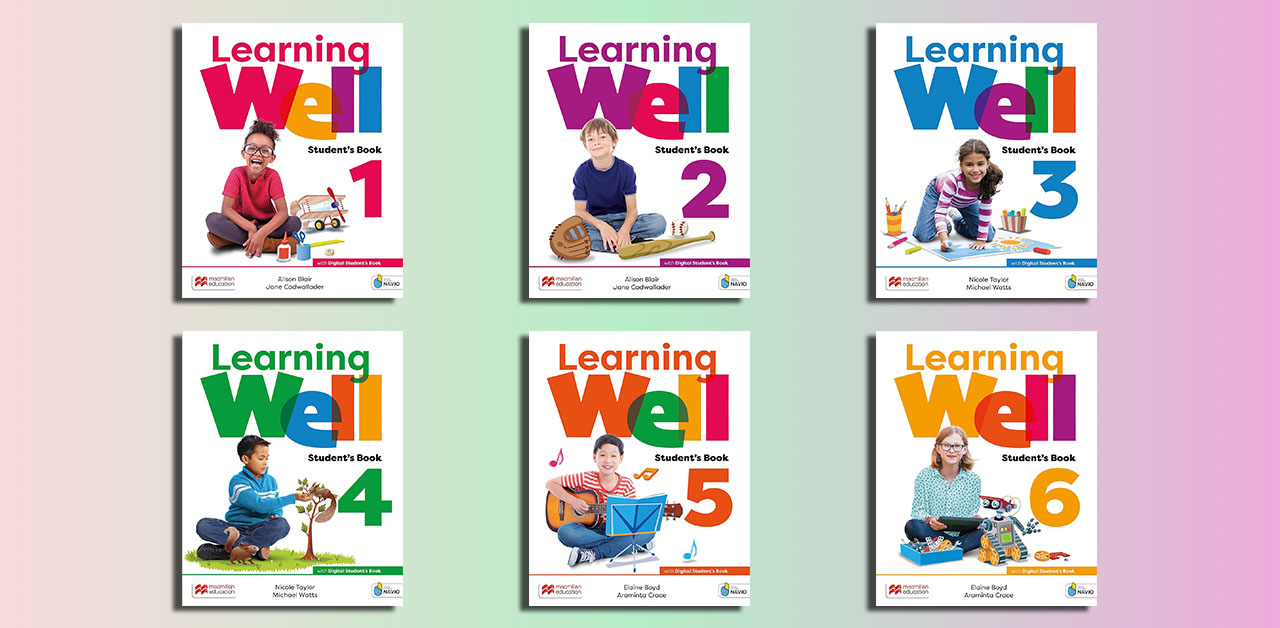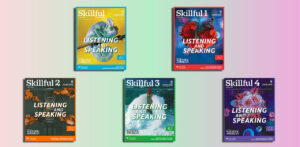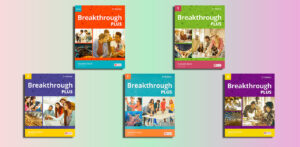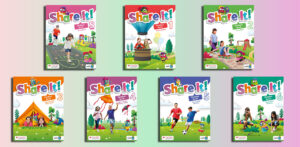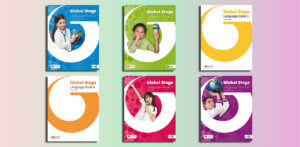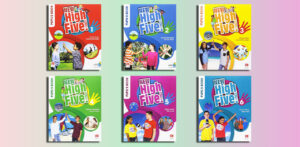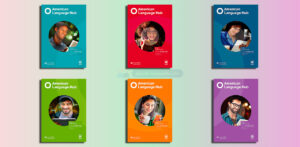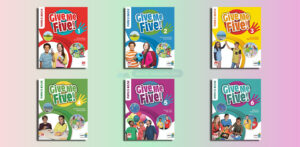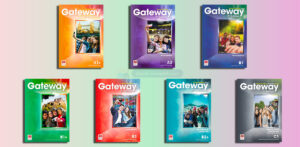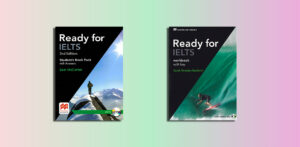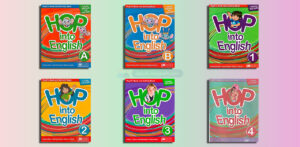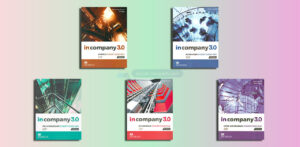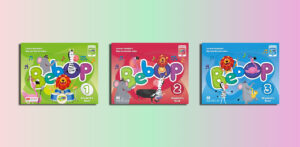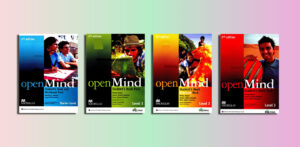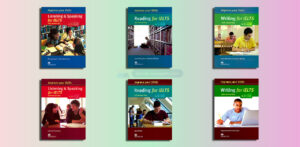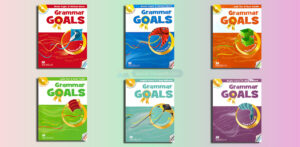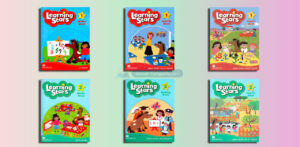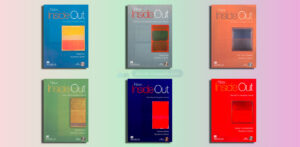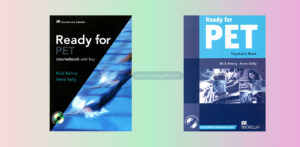Learning Well (PDFs, Resources)
Level 1
Learning Well 1 Mindfulness Audio.zip
Learning Well 1 Resources.zip
Learning Well 1 Student’s Book Audio.zip
Learning Well 1 Student’s Book.pdf – Sample: Click
Learning Well 1 Teacher’s Edition.pdf
Learning Well 1 Tests.zip
Learning Well 1 Video.zip
Learning Well 1 Vocabulary Flashcards.zip
Learning Well 1 Wellness Book Audio.zip
Learning Well 1 Wellness Book.pdf
Learning Well 1 Wellness Teacher’s Notes.pdf
Learning Well 1 Workbook Audio.zip
Learning Well 1 Workbook.pdf – Sample: Click
Learning Well 1 Worksheets.zip
Level 2
Learning Well 2 Mindfulness Audio.zip
Learning Well 2 Resources.zip
Learning Well 2 Student’s Book.pdf – Sample: Click
Learning Well 2 Student’s Book Audio.zip
Learning Well 2 Teacher’s Edition.pdf
Learning Well 2 Tests.zip
Learning Well 2 Video.zip
Learning Well 2 Vocabulary Flashcards.zip
Learning Well 2 Wellness Book Audio.zip
Learning Well 2 Wellness Book.pdf
Learning Well 2 Wellness Teacher’s Notes.pdf
Learning Well 2 Workbook Audio.zip
Learning Well 2 Workbook.pdf – Sample: Click
Learning Well 2 Worksheets.zip
Level 3
Learning Well 3 Mindfulness Audio.zip
Learning Well 3 Resources.zip
Learning Well 3 Student’s Book Audio.zip
Learning Well 3 Student’s Book.pdf – Sample: Click
Learning Well 3 Teacher’s Edition.pdf
Learning Well 3 Tests.zip
Learning Well 3 Video.zip
Learning Well 3 Vocabulary Flashcards.zip
Learning Well 3 Wellness Book Audio.zip
Learning Well 3 Wellness Book.pdf
Learning Well 3 Wellness Teacher’s Notes.pdf
Learning Well 3 Workbook Audio.zip
Learning Well 3 Workbook.pdf – Sample: Click
Learning Well 3 Worksheets.zip
Level 4
Learning Well 4 Mindfulness Audio.zip
Learning Well 4 Resources.zip
Learning Well 4 Student’s Book.pdf – Sample: Click
Learning Well 4 Student’s Book Audio.zip
Learning Well 4 Teacher’s Edition.pdf
Learning Well 4 Tests.zip
Learning Well 4 Video.zip
Learning Well 4 Vocabulary Flashcards.zip
Learning Well 4 Wellness Book Audio.zip
Learning Well 4 Wellness Book.pdf
Learning Well 4 Wellness Teacher’s Notes.pdf
Learning Well 4 Workbook Audio.zip
Learning Well 4 Workbook.pdf – Sample: Click
Learning Well 4 Worksheets.zip
Level 5
Learning Well 5 Mindfulness Audio.zip
Learning Well 5 Resources.zip
Learning Well 5 Student’s Book.pdf – Sample: Click
Learning Well 5 Student’s Book Audio.zip
Learning Well 5 Teacher’s Edition.pdf
Learning Well 5 Tests.zip
Learning Well 5 Video.zip
Learning Well 5 Vocabulary Flashcards.zip
Learning Well 5 Wellness Book Audio.zip
Learning Well 5 Wellness Book.pdf
Learning Well 5 Wellness Teacher’s Notes.pdf
Learning Well 5 Workbook Audio.zip
Learning Well 5 Workbook.pdf – Sample: Click
Learning Well 5 Worksheets.zip
Level 6
Learning Well 6 Mindfulness Audio.zip
Learning Well 6 Resources.zip
Learning Well 6 Student’s Book.pdf – Sample: Click
Learning Well 6 Student’s Book Audio.zip
Learning Well 6 Teacher’s Edition.pdf
Learning Well 6 Tests.zip
Learning Well 6 Video.zip
Learning Well 6 Vocabulary Flashcards.zip
Learning Well 6 Wellness Book Audio.zip
Learning Well 6 Wellness Book.pdf
Learning Well 6 Wellness Teacher’s Notes.pdf
Learning Well 6 Workbook Audio.zip
Learning Well 6 Workbook.pdf – Sample: Click
Learning Well 6 Worksheets.zip

Overview of the “Learning Well” by Macmillan
Contents
| ✅ Coursebook: | Learning Well |
| ✅ Publisher: | Macmillan Education |
| ✅ For: | Primary School |
| ✅ 6 Levels: | Pre A1, A1, A2, B1 |
| ✅ English type: | American English |
| ✅ Publication year: | 2023 |
The “Learning Well” series is an educational tool developed by Macmillan, aimed at fostering language skills in young learners. It spans a range of learning levels, from beginner (A1) to intermediate (B1) learners, and is designed to be used in both classroom and self-study environments. The materials cover all key areas of language acquisition, including reading, writing, listening, and speaking. Through carefully designed lessons and engaging activities, “Learning Well” provides students with the tools they need to succeed in real-world language use.
Key Features of the “Learning Well” Series
Structured Learning Pathways
One of the standout features of the “Learning Well” series is its clearly defined learning pathways. Each book in the series follows a well-organized structure that allows students to progressively build on their knowledge. From foundational grammar and vocabulary to complex sentence structures and writing techniques, the series ensures students gain a deep understanding of language concepts.
Interactive and Engaging Content
Designed with young learners in mind, “Learning Well” integrates a variety of interactive activities. These include games, puzzles, role-play scenarios, and real-life simulations, making learning fun and immersive. The content not only helps reinforce language skills but also encourages creativity and critical thinking, which are essential in language acquisition.
Focus on Practical Language Use
The series emphasizes practical, real-world language use. Rather than simply focusing on rote memorization of vocabulary or grammar rules, “Learning Well” incorporates contextualized learning that prepares students for real-world conversations. This practical approach boosts students’ confidence and ability to use the language in everyday situations.
A Wide Range of Support Materials
To further enhance the learning experience, Macmillan offers supplementary materials that complement the “Learning Well” series. These include workbooks, teacher’s guides, audio resources, and digital platforms. Teachers and students alike benefit from these resources, as they provide additional practice and guidance for mastering language skills.
Conclusion
The “Learning Well” series by Macmillan is a robust and effective tool for language learners at various stages of proficiency. With its structured lessons, engaging content, and focus on practical application, it offers an ideal solution for educators and learners alike. Whether used in the classroom or for independent study, “Learning Well” provides students with the skills and confidence they need to succeed in their language-learning journey.
Learning Well 1 Student’s Book
Who is suitable for “Learning Well”?
The “Learning Well” series by Macmillan is designed for a broad spectrum of learners, making it an ideal choice for various educational settings. Its structured approach, engaging content, and focus on real-world language use ensure that students at different stages of their language-learning journey can benefit. Below is an overview of the different groups of learners who would find this series particularly suitable.
1. Young Learners (Ages 6-14)
The “Learning Well” series is especially effective for young learners, from elementary to middle school students. With its engaging activities, vibrant visuals, and age-appropriate language, it helps keep students motivated and excited to learn. This series is ideal for:
- Beginners who are just starting to learn English.
- Students who need structured learning materials with a gradual progression in difficulty.
- Those who benefit from interactive activities such as role-plays, puzzles, and games to reinforce language skills.
2. Beginner to Intermediate Language Learners (A1-B1)
The series is designed to cater to beginner (A1) and intermediate (B1) level students, providing them with a clear and structured path to improve their language proficiency. This includes:
- Students who are looking to improve their vocabulary and grammar.
- Those who want to develop their speaking, listening, reading, and writing skills in practical, real-world contexts.
- Learners who need consistent review and practice to solidify their foundational language skills.
3. Homeschooling Families
For families who homeschool their children, “Learning Well” offers a comprehensive learning resource that can be easily integrated into daily lessons. The series allows parents to:
- Provide structured lessons at home with clear learning objectives.
- Use interactive content to keep children engaged and motivated.
- Supplement other learning materials and enhance language acquisition at a comfortable pace.
4. ESL (English as a Second Language) Students
The series is well-suited for ESL students of varying ages who are looking to enhance their English language skills. It helps ESL learners by:
- Focusing on practical language use, which is crucial for communication in real-life situations.
- Providing a balanced approach to grammar, vocabulary, and speaking/listening practice.
- Offering materials that support both classroom and independent learning.
Learning Well 2 Student’s Book
5. Teachers and Educators
The “Learning Well” series is a valuable resource for teachers, particularly those working with young learners or beginner to intermediate students. Teachers can:
- Use the clear lesson structures to facilitate effective and engaging lessons.
- Take advantage of supplementary resources like teacher’s guides and audio materials to support their teaching efforts.
- Employ interactive activities that keep students engaged while reinforcing essential language skills.
6. Students with Diverse Learning Styles
The series is designed to cater to different learning styles, making it suitable for:
- Visual learners, with its colorful and engaging content.
- Auditory learners, through the use of audio materials that complement the reading and writing exercises.
- Kinesthetic learners, who benefit from interactive activities such as games and hands-on exercises.
7. Students Preparing for Standardized Tests
The structured nature of the “Learning Well” series helps students prepare for language proficiency exams or standardized tests, such as:
- English placement tests for school or university admissions.
- International language certification exams, such as TOEFL or IELTS (at the A1-B1 levels).
- National language exams for students looking to measure their progress in language learning.
Conclusion
The “Learning Well” series is highly versatile and caters to a wide range of learners, from young children just starting their language journey to adults and ESL learners looking to build or reinforce their skills. It is also an excellent tool for educators and homeschooling families, offering structured lessons and interactive content to support effective learning.
Learning Well 3 Student’s Book
The benefits of “Learning Well”
The “Learning Well” series by Macmillan offers a multitude of advantages that make it a standout resource for language learners and educators alike. By focusing on structured lessons, interactive content, and real-world application, the series ensures that learners not only grasp the basics of language but also gain confidence in using it practically. Below are some of the key benefits of using the “Learning Well” series:
1. Comprehensive Language Skill Development
The series addresses all four core language skills—reading, writing, listening, and speaking—in a balanced and integrated way. This ensures that students develop well-rounded language abilities that they can apply across various contexts.
- Reading and Listening: Students improve their comprehension through engaging stories, dialogues, and interactive listening activities.
- Writing and Speaking: Exercises such as sentence construction, creative writing, and role-play activities provide opportunities for learners to practice and refine their speaking and writing abilities.
2. Gradual Progression and Structured Learning
One of the greatest strengths of the “Learning Well” series is its clear and structured learning progression. Each level builds upon the previous one, ensuring that students master foundational concepts before moving on to more complex topics. This step-by-step approach helps students:
- Gain a solid understanding of key grammar and vocabulary.
- Develop their language skills at a steady pace, which leads to greater retention.
- Avoid feeling overwhelmed by the material, as it is introduced in manageable chunks.
3. Engaging and Interactive Content
The series makes learning enjoyable by incorporating a wide range of interactive activities. These include:
- Games and puzzles to reinforce vocabulary and grammar.
- Role-play scenarios that encourage real-world language use.
- Group discussions and pair work to practice conversational skills.
This interactive approach ensures that students remain engaged and motivated throughout their learning journey, while also promoting active learning and collaboration.
4. Focus on Practical, Real-World Language Use
Unlike traditional language learning resources that often focus on theoretical knowledge, “Learning Well” emphasizes practical language use. Students are encouraged to apply what they learn in real-world situations, such as ordering food at a restaurant, asking for directions, or participating in a discussion.
- This focus on real-world application ensures that students are not only prepared for exams but also gain the confidence to use their language skills in everyday life.
- The contextualized learning approach helps students connect the language with their daily experiences, making it more meaningful and memorable.
5. Flexible for Different Learning Environments
The “Learning Well” series is designed to be adaptable to both classroom settings and self-study environments. Whether students are learning in a formal classroom or independently at home, the series provides a structured yet flexible framework for effective learning.
- Teachers can use the series as a comprehensive teaching tool, with additional resources like teacher’s guides, audio materials, and digital platforms to supplement lessons.
- Self-learners can benefit from the clear explanations and guided exercises, which allow them to progress at their own pace.
Learning Well 4 Student’s Book
6. Encouragement of Critical Thinking and Creativity
In addition to teaching language skills, “Learning Well” encourages critical thinking and creativity through its varied activities. For example, students are tasked with solving problems, expressing opinions, and engaging in creative exercises such as storytelling or debate.
- These activities help students develop higher-order thinking skills, which are essential for mastering any language.
- By engaging in tasks that require them to think critically and creatively, students also become better at using language flexibly and effectively.
7. Supportive Resources for Teachers
For educators, the “Learning Well” series offers a range of supplementary materials that can make teaching more efficient and effective:
- Teacher’s guides provide step-by-step instructions, tips, and additional activity ideas.
- Audio resources support listening exercises and help students develop better pronunciation and comprehension skills.
- Digital platforms offer interactive features such as quizzes, games, and access to additional learning content.
These resources equip teachers with the tools they need to create dynamic and engaging lessons while ensuring that students receive consistent support throughout their learning.
8. Boosts Confidence in Language Use
By providing students with consistent practice and allowing them to see their progress through structured lessons, the “Learning Well” series helps to build confidence in language use. This is particularly important for young learners and beginners who may feel unsure about speaking or writing in a foreign language.
- As students progress through the series, they develop the skills to communicate confidently in various settings, both in and out of the classroom.
- The practical, real-world focus of the series ensures that students feel more capable and prepared to use their language skills in real-life situations.
9. Suitable for Diverse Learning Styles
The series is designed to accommodate different learning styles and preferences, ensuring that all students can benefit. Whether students are visual learners who benefit from colorful images and diagrams, auditory learners who respond well to audio resources, or kinesthetic learners who thrive with interactive exercises, “Learning Well” caters to all.
10. Aligned with Global Language Learning Standards
The “Learning Well” series follows internationally recognized language learning standards, ensuring that it meets the educational requirements of various regions and language proficiency exams. Whether students are preparing for international exams like IELTS or TOEFL, or local proficiency tests, the series provides the tools necessary for success.
Conclusion
The “Learning Well” series offers numerous benefits for both learners and educators. Its comprehensive approach to language development, engaging content, real-world application, and structured progression make it an invaluable resource for students of various ages and proficiency levels. Whether you’re a young learner, an ESL student, or an educator, “Learning Well” provides a supportive, flexible, and engaging environment that fosters growth and confidence in language learning.
Learning Well 5 Student’s Book
Effective learning strategies for “Learning Well”
The “Learning Well” series by Macmillan provides a strong foundation for learners to develop their language skills. To get the most out of this series, it is essential to implement effective learning strategies that align with the series’ structure and goals. Below are some proven strategies to help students maximize their learning experience with “Learning Well”:
1. Active Participation in Interactive Exercises
“Learning Well” incorporates a variety of interactive exercises designed to engage students and reinforce key concepts. These exercises include games, puzzles, role-plays, and group activities.
- Strategy: Encourage students to actively participate in these exercises, as they not only make learning enjoyable but also reinforce their understanding of the language.
- Tip: Teachers can organize group activities or pair students to practice conversations, enabling them to use new vocabulary and grammar structures in a real-world context.
2. Frequent Review and Reinforcement
The structured nature of “Learning Well” allows for gradual progression, but regular review is essential for retaining learned material. Regular reinforcement of key vocabulary, grammar, and language structures helps solidify the knowledge.
- Strategy: Set aside time for weekly or bi-weekly reviews of previously learned content. This can include flashcards, quizzes, or review exercises.
- Tip: Incorporate peer quizzes where students can test each other’s knowledge, reinforcing learning through active recall.
3. Use of Real-Life Contexts
One of the most valuable aspects of “Learning Well” is its emphasis on practical language use. To make the learning experience more relevant and memorable, students should practice using language in real-life contexts.
- Strategy: Teachers should design role-play activities based on everyday situations like shopping, traveling, or ordering food at a restaurant.
- Tip: Encourage students to practice these situations outside of class with friends or family, helping them build confidence in real-world language use.
4. Personalized Learning
Every student has a unique learning style, and “Learning Well” provides content that caters to various preferences—visual, auditory, and kinesthetic learners.
- Strategy: Identify each student’s learning style and personalize their study sessions accordingly. For example, visual learners can focus on reading and using colorful materials, while auditory learners might benefit from listening to audio exercises.
- Tip: Encourage students to combine learning methods, such as listening to podcasts while reviewing written content or watching videos related to their lessons.
5. Setting Specific Learning Goals
Goal setting helps students stay focused and motivated throughout their language learning journey. By establishing clear and achievable goals, students can track their progress and feel a sense of accomplishment.
- Strategy: Help students set both short-term and long-term goals. Short-term goals might include completing a unit or mastering a specific grammar structure, while long-term goals could focus on achieving fluency in speaking or passing a language proficiency exam.
- Tip: Use the series’ built-in checkpoints and assessments to measure progress and adjust goals as needed.
6. Regular Use of Digital Platforms and Supplementary Materials
Macmillan provides various digital resources and supplementary materials that enhance the learning experience of the “Learning Well” series.
- Strategy: Encourage students to regularly engage with online quizzes, games, and audio exercises provided by the series. These resources offer additional practice outside of the textbook.
- Tip: Teachers can assign digital exercises as homework or extra practice for students who need more help with certain topics.
7. Collaborative Learning
Collaboration helps students learn from each other, reinforces concepts, and encourages teamwork. In the “Learning Well” series, group activities are an integral part of the learning process.
- Strategy: Organize collaborative projects where students work together to complete tasks, such as creating presentations, writing dialogues, or conducting surveys in the target language.
- Tip: Encourage peer-to-peer feedback, as this allows students to share insights and support each other’s learning.
8. Consistent Speaking Practice
One of the challenges for many language learners is developing confidence in speaking. The “Learning Well” series emphasizes the importance of speaking practice to help learners build their verbal communication skills.
- Strategy: Set up weekly speaking practice sessions where students can converse with peers, record themselves speaking, or participate in class discussions.
- Tip: Teachers can organize debates or storytelling sessions, providing a platform for students to express their ideas in the target language.
9. Incorporate Writing Exercises
Writing is an essential skill in language learning, and the “Learning Well” series includes numerous writing exercises to help students express themselves clearly and correctly.
- Strategy: Assign regular writing tasks such as essays, diary entries, or email exchanges, encouraging students to use new vocabulary and grammar rules.
- Tip: Provide feedback on writing assignments and focus on areas for improvement, such as sentence structure, vocabulary choice, and punctuation.
10. Self-Assessment and Reflection
Self-assessment allows students to take ownership of their learning and identify areas where they may need additional support.
- Strategy: At the end of each unit or module, encourage students to reflect on their progress and evaluate their understanding of the material.
- Tip: Teachers can provide self-assessment checklists that guide students through reflecting on key skills, such as reading comprehension, writing fluency, and speaking ability.
11. Create a Positive and Supportive Learning Environment
A positive classroom atmosphere is essential for effective learning. Students need to feel comfortable making mistakes and taking risks as they practice their language skills.
- Strategy: Foster an environment where mistakes are viewed as part of the learning process. Encourage students to help one another and share their experiences.
- Tip: Use positive reinforcement and celebrate progress to boost students’ motivation and self-esteem.
Conclusion
By adopting these effective learning strategies, students can maximize their experience with the “Learning Well” series and achieve meaningful language learning outcomes. Whether it’s through interactive activities, real-world application, or personalized learning approaches, these strategies ensure that students remain engaged, motivated, and confident as they progress through the series. With consistent practice, goal setting, and a collaborative learning environment, students will see significant improvement in their language skills and be well-prepared for real-world communication.
Learning Well 6 Student’s Book
Effective teaching strategies for “Learning Well”
The “Learning Well” series by Macmillan is a comprehensive resource for teaching language skills. To effectively guide students through the material, teachers can employ a variety of teaching strategies that align with the series’ structure and learning goals. Below are some proven strategies to ensure that students gain the most from “Learning Well” while fostering an engaging, supportive, and productive learning environment.
1. Scaffold Lessons for Progressive Learning
The “Learning Well” series is structured in a way that allows students to gradually build on their language skills. It’s important for teachers to use scaffolding techniques to ensure that each lesson progresses smoothly and that students understand foundational concepts before moving on to more complex material.
- Strategy: Begin with an overview of the lesson objectives, providing context for what students will learn. Introduce new vocabulary and grammar in small, manageable portions, and gradually increase difficulty as students become more confident.
- Tip: Use visual aids, real-life examples, and interactive activities to reinforce key concepts before diving into more challenging material.
2. Incorporate Interactive and Collaborative Activities
“Learning Well” offers numerous interactive exercises that encourage students to engage with the material actively. Collaborative activities, such as pair work, group discussions, and role-play scenarios, are great for reinforcing learning while promoting social interaction.
- Strategy: Design group or pair activities where students can work together to practice language skills, such as creating dialogues, solving language puzzles, or completing role-playing tasks.
- Tip: Encourage students to take turns practicing speaking, listening, and writing, fostering a balanced approach to language use. Use peer feedback to enhance learning and build confidence.
3. Use Real-World Scenarios for Contextual Learning
One of the strengths of “Learning Well” is its emphasis on real-world application. Teaching students to use language in practical, everyday situations helps them see the value of what they are learning and enhances motivation.
- Strategy: Create real-life scenarios where students can practice using the language in context. For example, set up role-playing activities that simulate situations like shopping, ordering food at a restaurant, or asking for directions.
- Tip: Use authentic materials, such as menus, maps, or advertisements, to make these activities feel more realistic and engaging.
4. Adapt Instruction for Diverse Learning Styles
The “Learning Well” series accommodates a range of learning styles—visual, auditory, and kinesthetic. As a teacher, it’s important to differentiate instruction to meet the needs of all students, ensuring that each learner can engage with the material in the way that works best for them.
- Strategy: Use a combination of visual aids (e.g., flashcards, diagrams), auditory resources (e.g., audio recordings, songs), and kinesthetic activities (e.g., games, group tasks) to support diverse learners.
- Tip: Observe which methods resonate most with each student and adapt lessons to reinforce their preferred learning style.
5. Incorporate Formative Assessments
Formative assessments allow teachers to monitor students’ progress and provide ongoing feedback. These assessments help identify areas where students need more support and ensure that learning objectives are being met.
- Strategy: Use regular quizzes, written assignments, and oral presentations as formative assessments. These can be short and focused, aimed at checking comprehension or practice with new vocabulary and grammar.
- Tip: Provide immediate feedback on assessments, offering encouragement and constructive criticism to help students improve.
6. Encourage Self-Reflection and Goal Setting
Promoting self-reflection encourages students to take ownership of their learning process and identify areas for improvement. Goal setting further helps students stay focused and motivated throughout their language learning journey.
- Strategy: At the beginning of each term or unit, encourage students to set personal learning goals. Have them reflect on their strengths and areas where they would like to improve.
- Tip: Implement a self-assessment checklist after each unit or lesson, allowing students to track their progress and assess how well they have met their goals.
7. Foster a Positive and Supportive Classroom Environment
Language learning can be challenging, and students often need encouragement to stay motivated. Creating a positive and supportive learning environment is key to ensuring that students feel comfortable making mistakes and are motivated to continue improving.
- Strategy: Offer praise and positive reinforcement for progress, no matter how small. Create an atmosphere where mistakes are viewed as opportunities for growth, not as failures.
- Tip: Use encouraging language and praise students for their efforts in speaking, writing, and engaging with the material. Establish clear expectations for classroom behavior and encourage collaborative learning.
8. Provide Varied Instructional Resources
To enhance the learning experience and accommodate different teaching preferences, “Learning Well” offers a variety of supplementary resources, including teacher’s guides, audio materials, and digital platforms.
- Strategy: Use these resources regularly to reinforce learning. For example, integrate audio recordings into listening exercises, or incorporate digital quizzes and interactive games into lessons.
- Tip: Allow students to use online platforms to reinforce lessons at home. These platforms provide additional practice and interactive features that can make learning more engaging.
9. Utilize Technology for Enhanced Learning
Technology can be a powerful tool for enhancing language learning, providing students with access to a variety of resources and practice opportunities beyond the textbook.
- Strategy: Use apps, online quizzes, educational games, and virtual language exchanges to create a more dynamic and interactive learning environment. These tools can support both in-class and homework activities.
- Tip: Encourage students to use educational websites or apps that focus on specific language skills, such as grammar practice, vocabulary building, or pronunciation improvement.
10. Differentiate Instruction Based on Proficiency Levels
The “Learning Well” series caters to a variety of proficiency levels, from beginner to intermediate. Differentiating instruction based on students’ proficiency levels ensures that each student is appropriately challenged.
- Strategy: Group students by proficiency levels and assign tasks that are appropriately challenging for their individual skills. For example, provide more advanced students with extra writing tasks or discussion opportunities, while giving beginner students additional support in vocabulary or grammar.
- Tip: Provide scaffolding for students who may struggle with specific concepts by using visual aids or simplified instructions.
11. Promote Cultural Awareness
Language learning is not just about acquiring vocabulary and grammar; it’s also about understanding the cultures of the language’s speakers. “Learning Well” often incorporates cultural elements that can help students gain a broader understanding of the language.
- Strategy: Integrate lessons on cultural topics, such as traditions, holidays, or famous landmarks, to enrich the learning experience.
- Tip: Use multimedia resources like videos or songs that showcase aspects of the culture associated with the language, helping students make connections between language and culture.
Conclusion
The “Learning Well” series provides an excellent foundation for teaching language skills, and using effective teaching strategies ensures that students gain the most from the series. By scaffolding lessons, incorporating interactive and collaborative activities, using varied resources, and differentiating instruction, teachers can create a dynamic and supportive learning environment. With these strategies, students will not only improve their language proficiency but also gain the confidence and motivation to use their skills in real-world situations.


